Rubus sanctus (Holy Bramble)
Top Tropicals Plant Encyclopedia
Botanical names: Rubus sanctus, Rubus ulmifolius subsp. sanctus
Common names: Holy Bramble, Burning Bush of the Bible
Family: Rosaceae
Origin: Eastern Mediterranean, Sinai
Hardiness: 10°F










Rubus sanctus (Holy Bramble) is a perennial shrub native to the Mediterranean and parts of Western Asia. It belongs to the rose family and forms arching, thorny canes that can reach 6 10 feet in length, often rooting where they touch the ground. The compound leaves are bright green with toothed edges, and clusters of pink to purple flowers appear in summer, followed by small black berries. The fruits are edible though less fleshy than those of cultivated blackberries, and the plant is valued for its resilience in rocky and dry soils.
Rubus sanctus grows well in full sun with moderately fertile, well-drained soil and adapts to poor ground where other fruiting shrubs struggle. It tolerates heat and drought once established, though regular watering improves fruiting. Hardy to USDA Zone 7, it can withstand winter frost and is often used as a vigorous groundcover, hedge, or natural barrier on slopes and rough land. While berries are enjoyed fresh or cooked, gardeners primarily appreciate its toughness, wildlife value, and ability to cover difficult spaces with little care.
Rubus sanctus is traditionally identified with the Burning Bush of Moses on Mount Sinai, and a centuries-old specimen still grows at the Chapel of the Burning Bush in Saint Catherine s Monastery, where it is revered as a living symbol of divine revelation.
Similar plants: Rubus sanctus (Holy Bramble)
- Rubus caesius (Blackberry)
- Rubus fruticosus (Blackberry)
- Rubus idaeus (Tropical Raspberry)
- Rubus illecebrosus (Balloon Berry)
- Rubus laciniatus (Cutleaf Evergreen Blackberry)
- Rubus niveus (Mysore Raspberry)
- Rubus odoratus (Purple-flowering Raspberry)
- Rubus sp. (Raspberrie)
- Rubus sp. (Brazos Blackberry)
- Rubus ulmifolius (Elmleaf Blackberry)
Holy Bramble, Burning Bush of the Bible. Rubus sanctus is a symbol of God revealing himself to man. An instance of it can be found at the Chapel of the Burning Bush on Mount Sinai, where it is revered as the original burning bush of the Bible. Today, it is very large in size, and many monks and scholars agree that the bush's presence is the very reason St. Catherine's Monastery developed in the first place. This longevity and location lead to its Latin name. Derivation of the botanical name: Rubus - latin name for Blackberry, Raspberry; Sanctus - sacred.
Rubus sanctus is a very long lived fruit shrub.
See Article about this plant.
Recommended Fertilizer: SUNSHINE C-Cibus - Crop Nutrition Booster
SUNSHINE-Honey - sugar booster
This item can not be shipped. Pick up only. We can provide local delivery around Ft. Myers or Sebring, Florida. Contact us for an estimate. Non-pickup orders are subject to restocking fees.
Last one
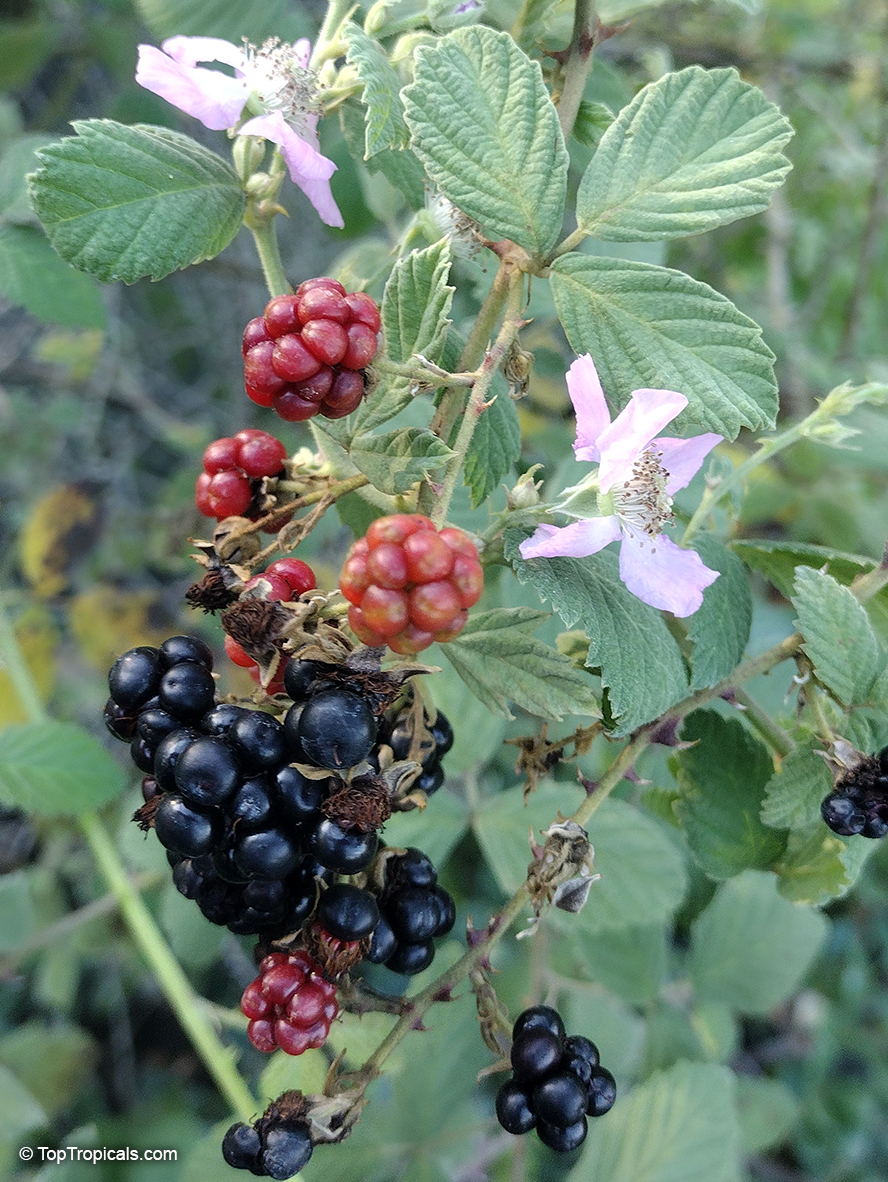
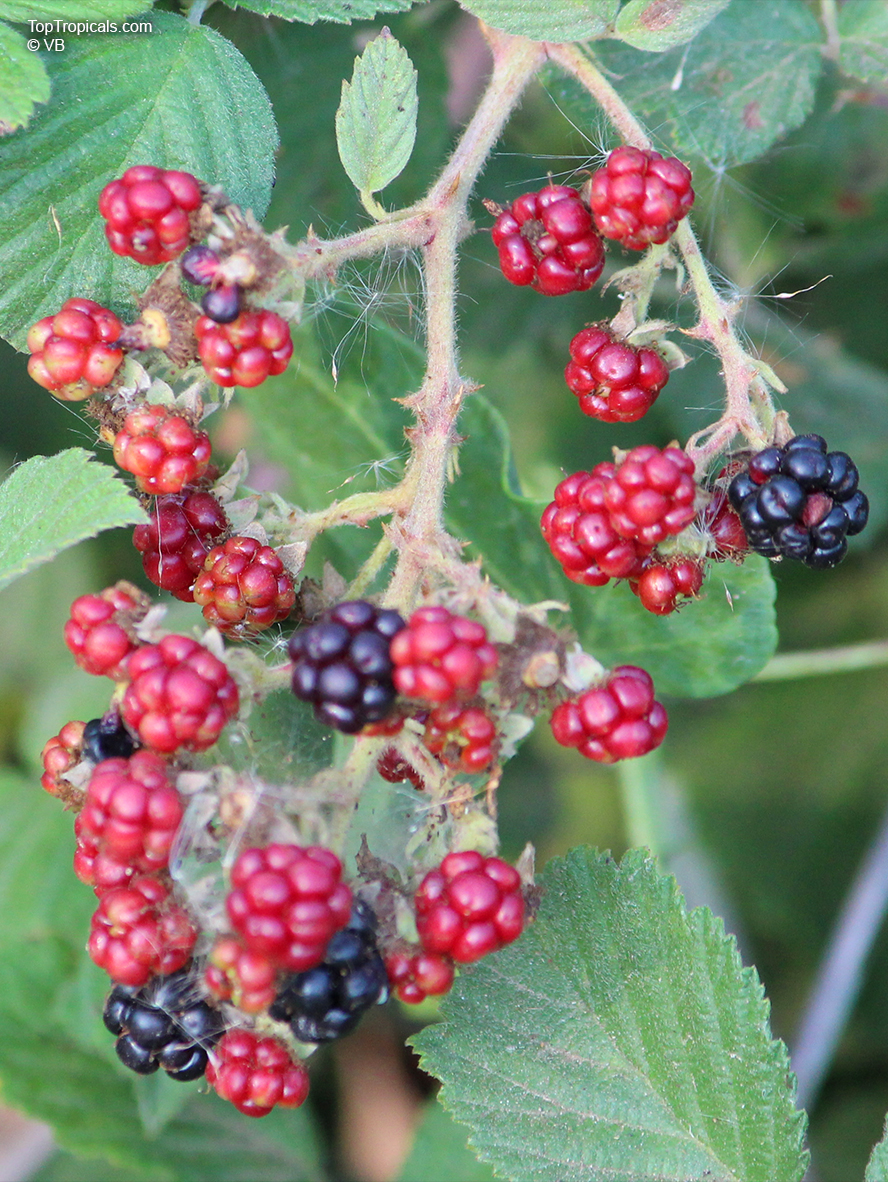
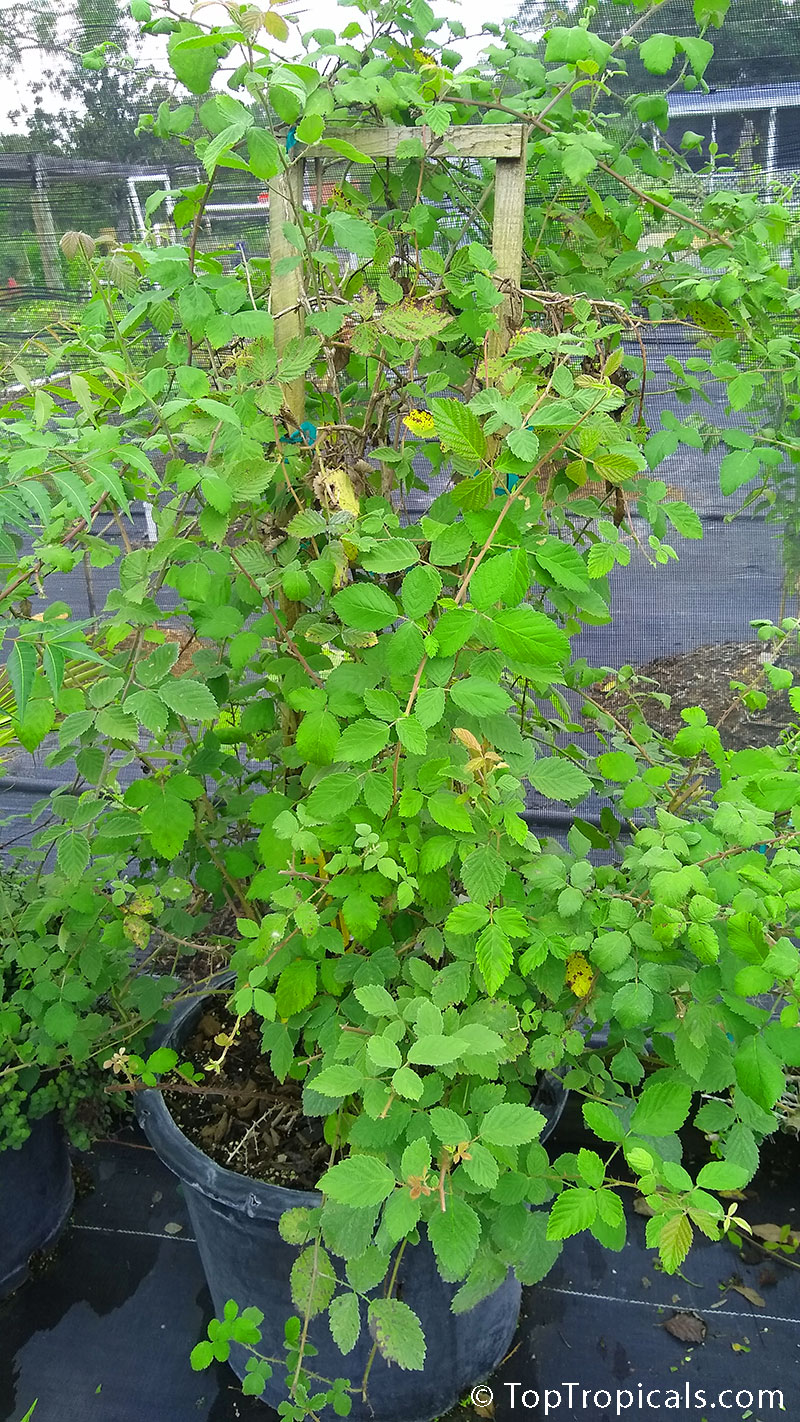
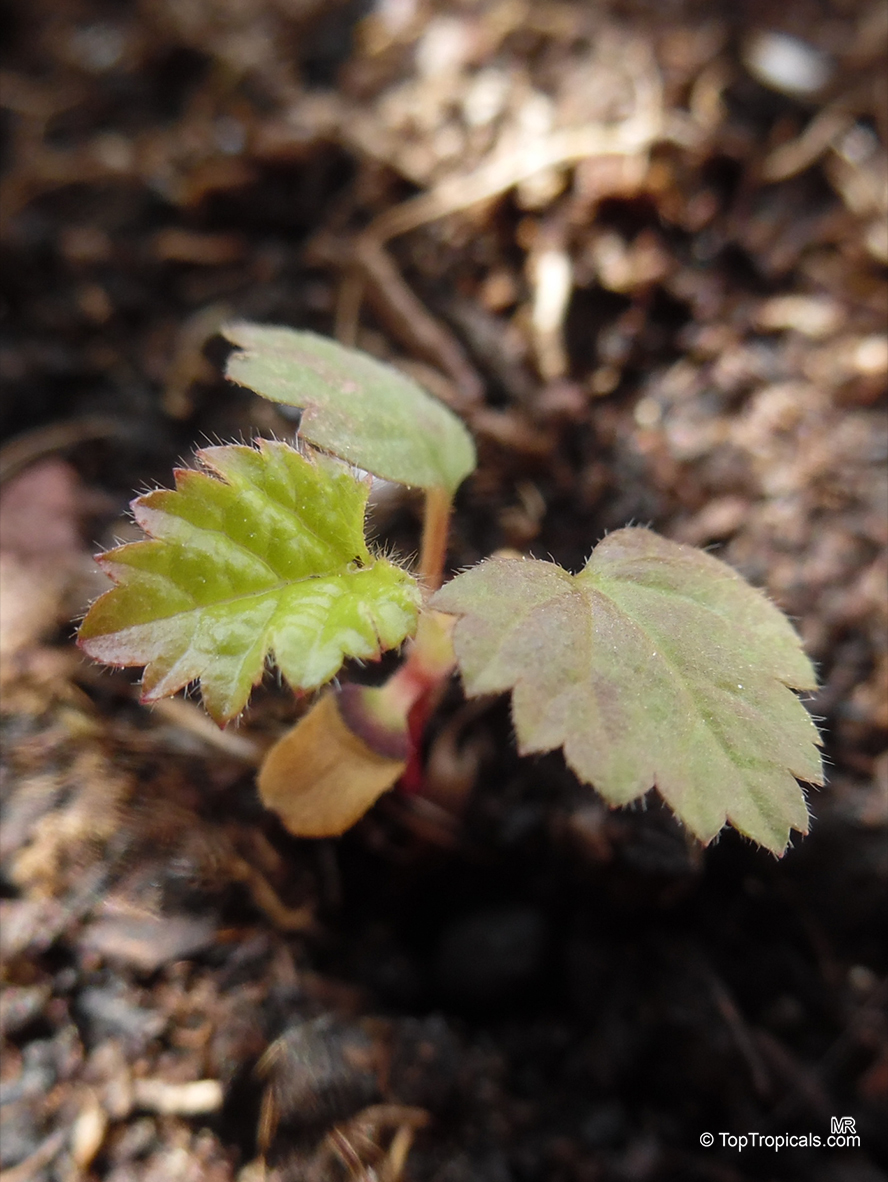
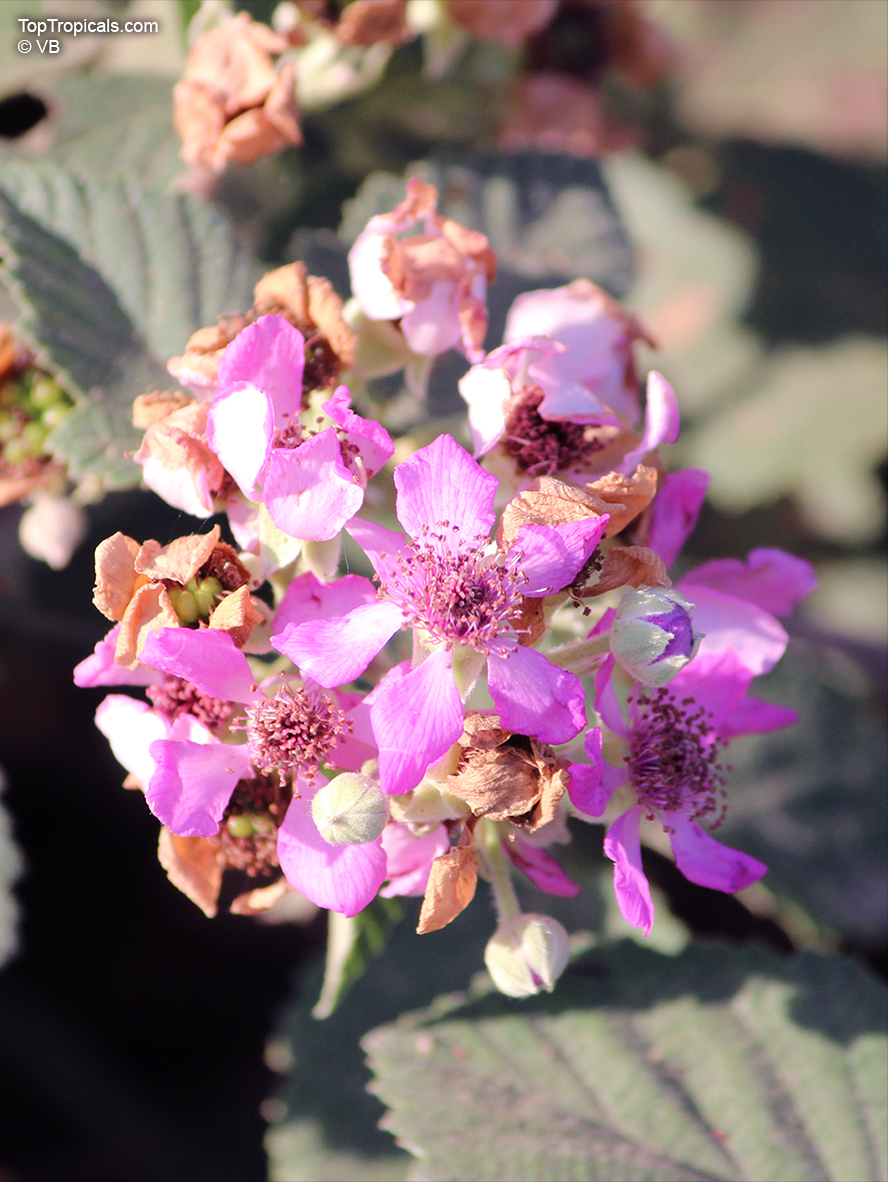
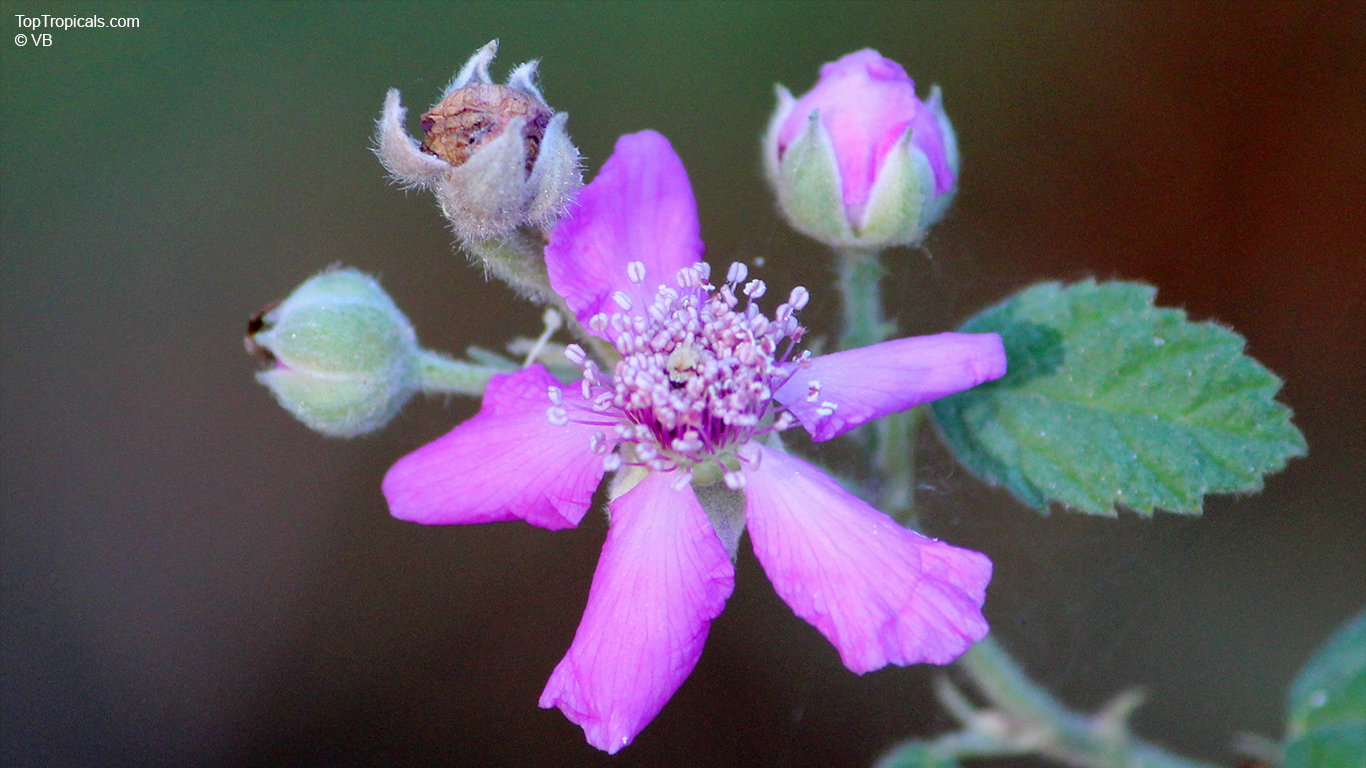
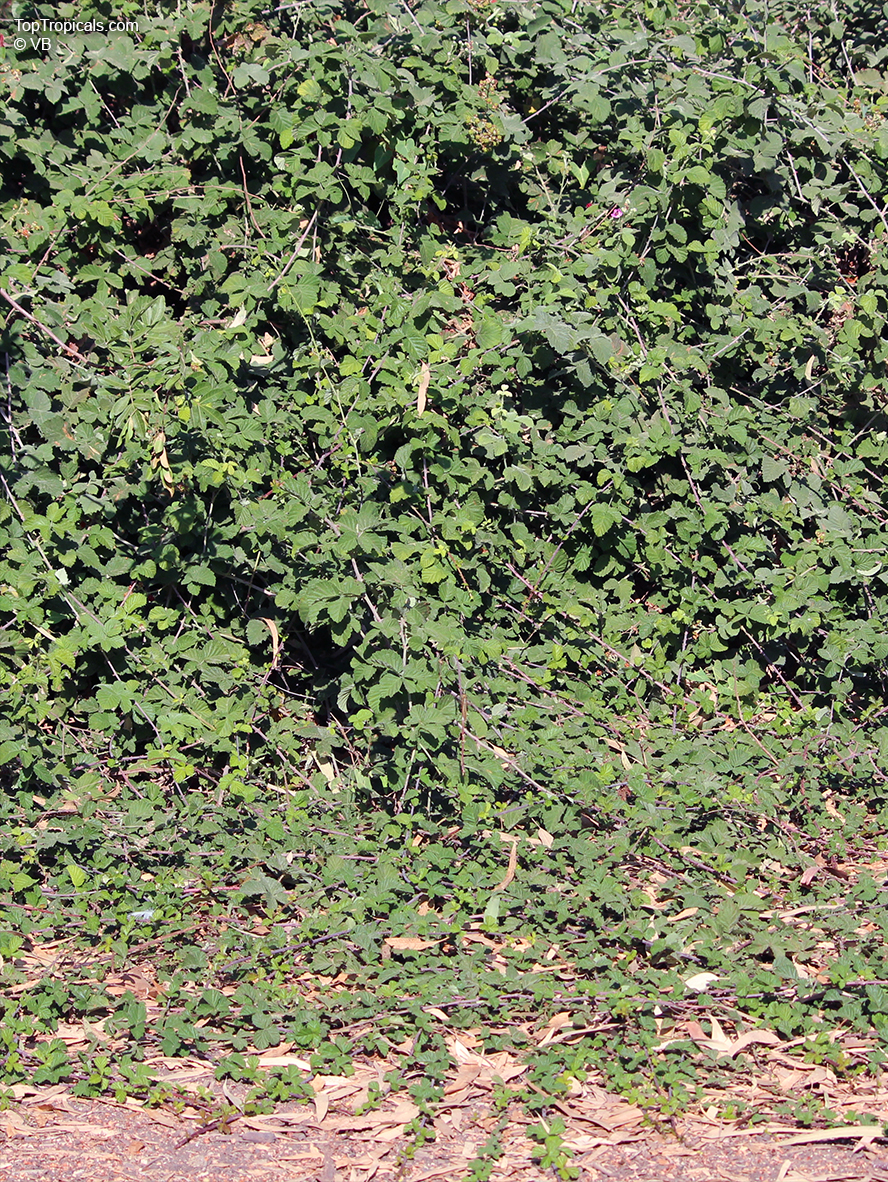
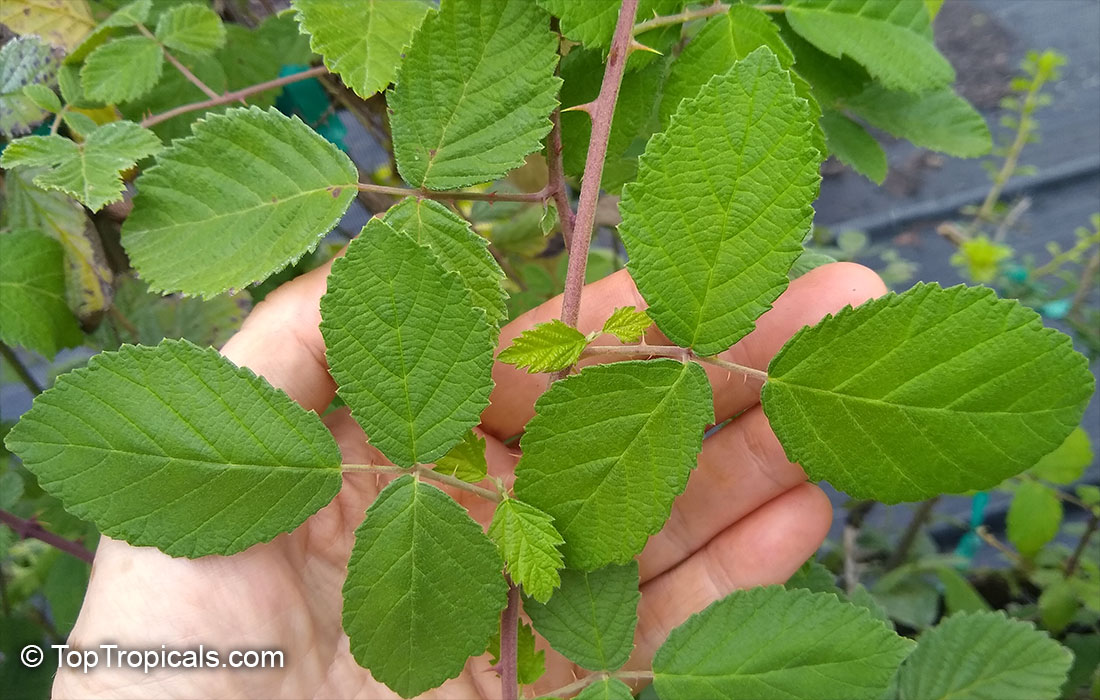
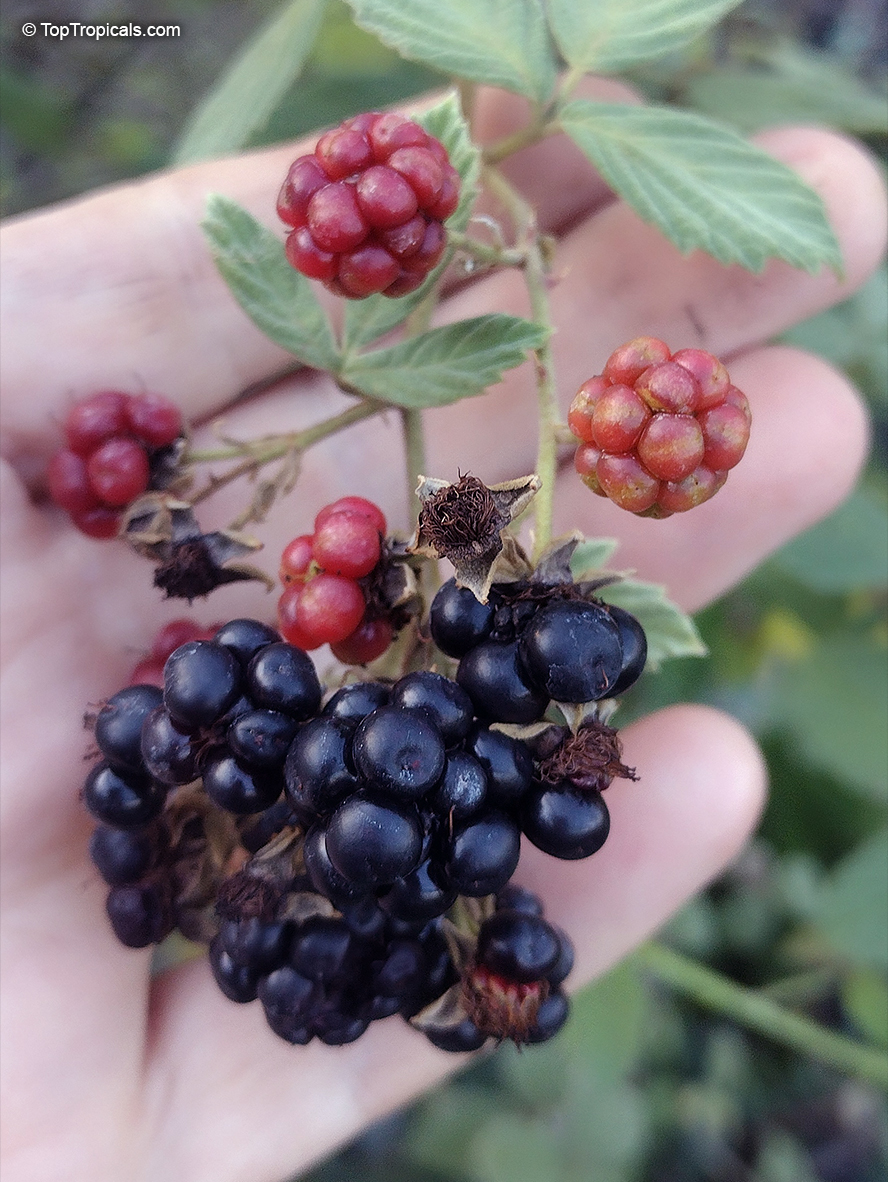
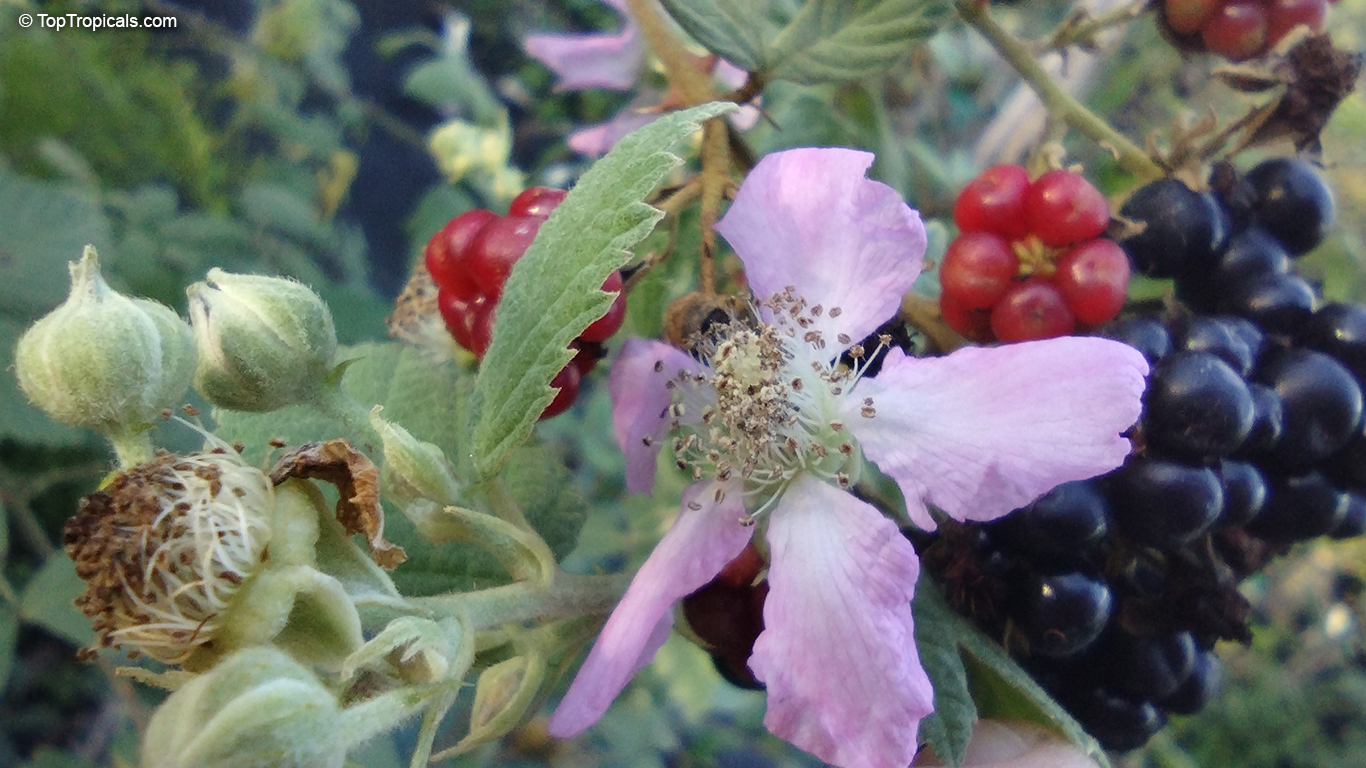
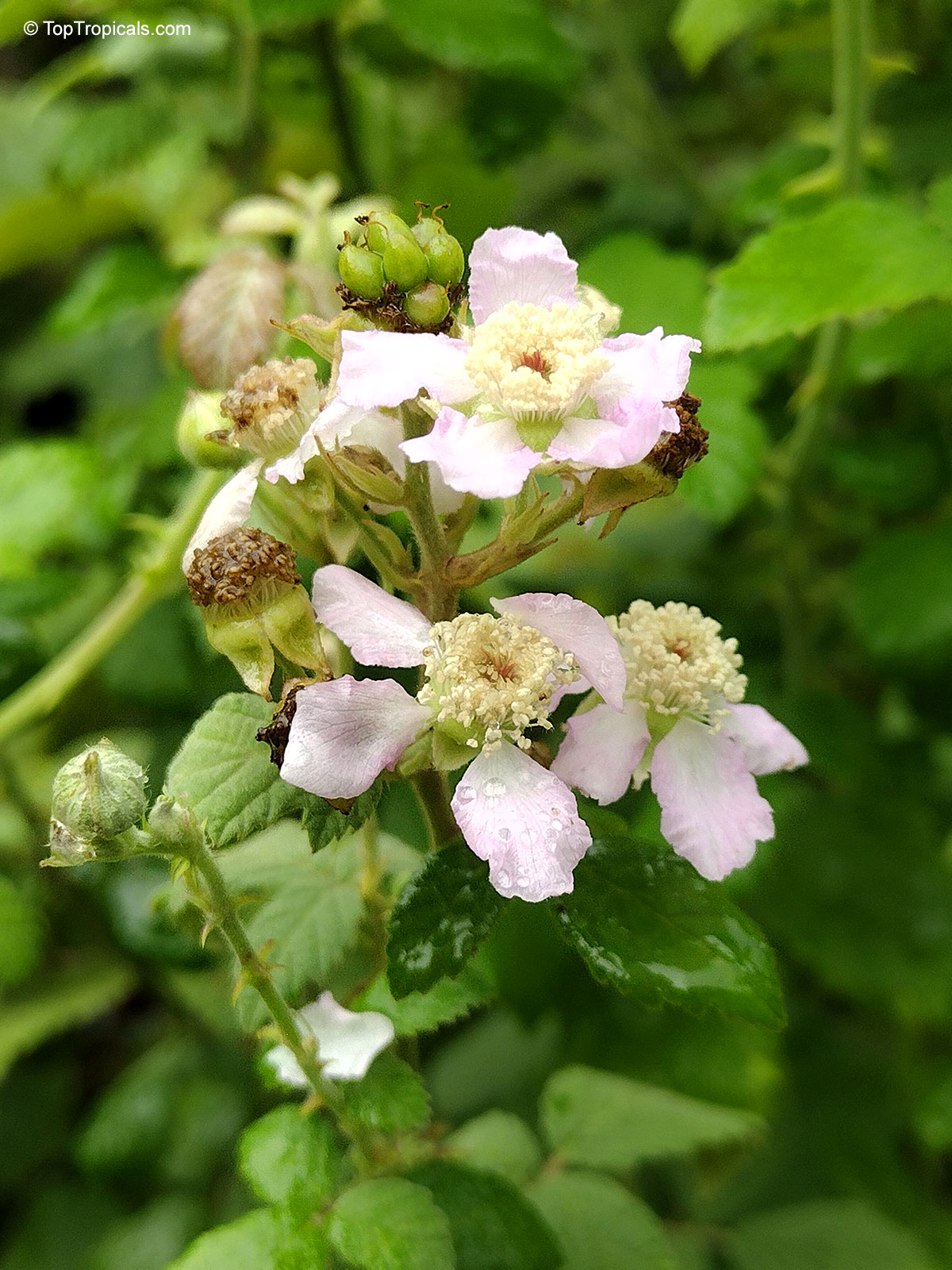
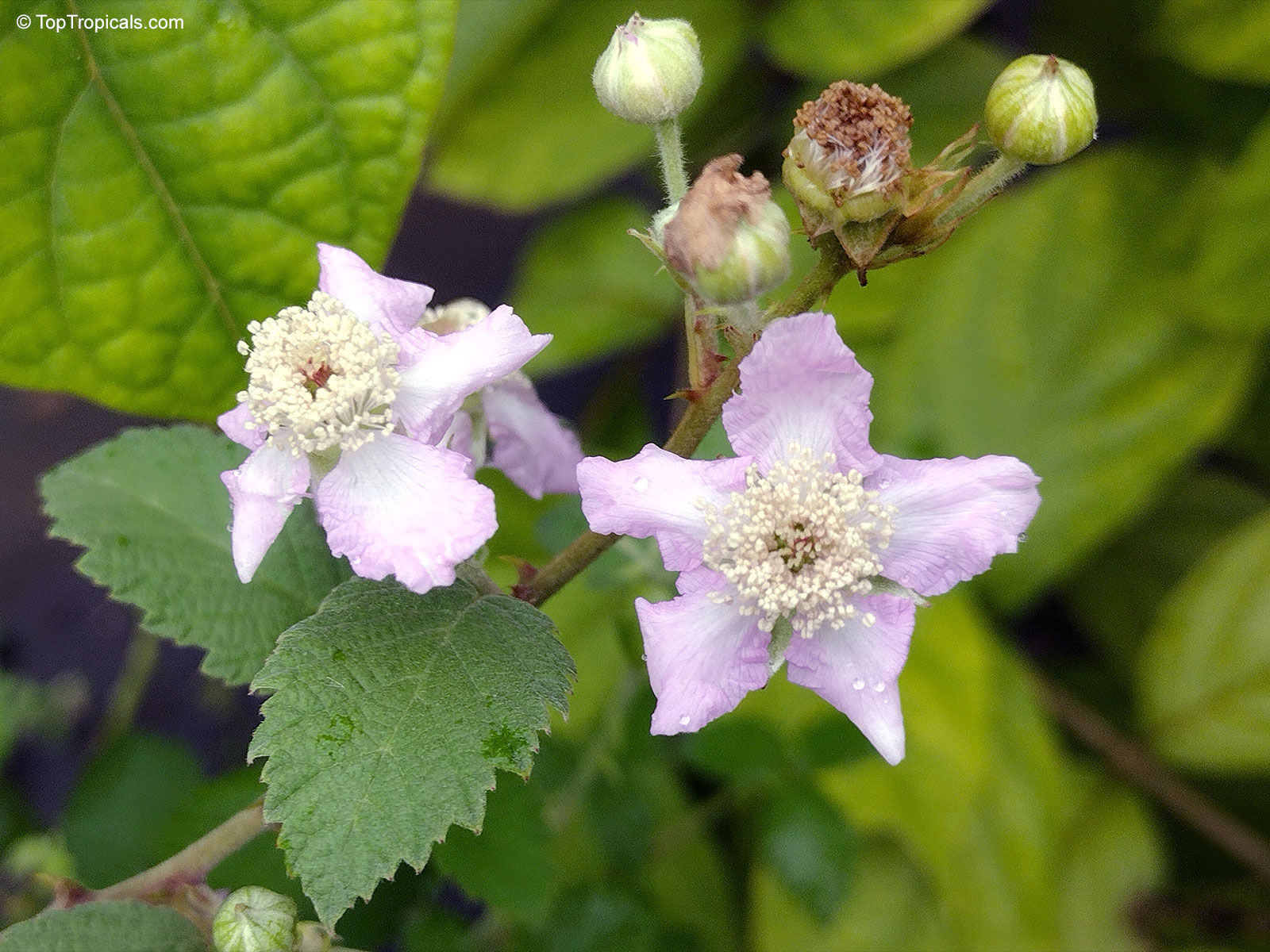
 SUNSHINE C-Cibus (NPK 2-2-4) - Crop Booster for every watering.
SUNSHINE C-Cibus (NPK 2-2-4) - Crop Booster for every watering.  SUNSHINE C-Cibus (NPK 2-2-4) - Crop Booster for every watering.
SUNSHINE C-Cibus (NPK 2-2-4) - Crop Booster for every watering.